As a music enthusiast or professional, investing in the right equipment is paramount. That’s where I come in with this comprehensive Shure Beta 52A review. This guide pulls back the curtain on this acclaimed piece of audio wizardry, giving you all the facts you require before making an informed decision.
With vast industry experience, Shure stands tall as a giant when it comes to designing quality sound systems. The Shure Beta 52A microphone is no exception – known best for its remarkable performance in delivering high fidelity sound from kick drums and bass instruments. It’s lightweight and resilient build makes it a popular choice amongst professionals for studio recording and live performances.
| Feature | Specification |
|---|---|
| Brand | Shure |
| Model Number | Beta 52A |
| Color | Silver |
| Item Weight | 21.6 Ounces |
| Connector Type | XLR |
| Polar Pattern | Supercardioid |
| Frequency Response | 20 Hz to 16 kHz |
| Signal-to-Noise Ratio | 78 dB |
| Applications | Kick drums, bass instruments |
Shure Beta 52A: A Quick Overview
The Shure Beta 52A is a professional-grade microphone specifically designed for kick drums and bass instruments. With its super-cardioid polar pattern, this microphone excels in capturing the low-end frequencies essential for these instruments while minimizing background noise.

The sturdy construction and silver finish not only add to its aesthetic appeal but also ensure durability under rigorous performance conditions.
Offering a frequency response range from 20 Hz to 16 kHz, the Beta 52A delivers precise audio quality with a strong signal-to-noise ratio of 78 dB.
Its XLR connector type makes it compatible with most professional audio equipment, making it a versatile choice for both studio recordings and live performances. This microphone is particularly valued by musicians and sound engineers seeking reliable and clear sound reproduction for bass-heavy setups.
Also Read: M-Audio BX5 D3 Review: Small But Mighty Studio Monitor
Unboxing
The moment arrived. I had been counting the days till this time when I could finally pull out my new Shure Beta 52A. The heart was palpitating, and a sense of joy started bubbling within me. It felt as if opening the box would unveil a door to an entirely different world of sound.
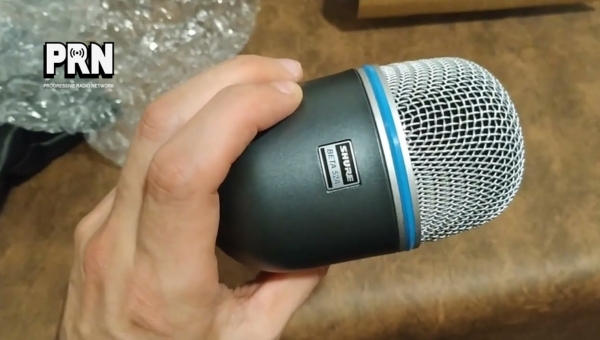
Running my hands over the package, I could feel its weightiness, just the right amount at around 21.6 ounces to ensure that quality wasn’t compromised. The distinct logo instantly caught my eyes– a promising hint of what lay inside Shure, a brand synonymous with high-quality audio gear.
Carefully peeling off the outer layer, underneath presented itself a sturdy box with a streamlined structure and minimalistic design detailing- a classic trademark of Shure’s packaging style.
As I slowly opened it, there it sat in all its glory: the beautiful silver Shure Beta 52A microphone wrapped in protective film for security during transit. You can tell right away that this microphone is built for professional use due to its robust construction and metallic color tone.
Looks and Build Quality
Quite honestly, the Shure Beta 52A knocked me off my feet the moment I laid my eyes on it. Its streamlined structure and beautiful silver coloring give it a professional look that can steal anyone’s gaze instantly. The aesthetic charm of this microphone can heighten any musician or sound engineer’s equipment.
Going beyond mere looks, it’s vital to talk about how this trendy device holds up in terms of build quality. And let me tell you, it definitely leaves no room for disappointment! The Shure Beta 52A comes from one of the most reputable brands in the market – Shure. This guarantees top-notch material and sturdy construction.
Its heavy-weight body (21.6 ounces to be precise) adds a robust feel to the microphone. When I touch its surface, its solid built reassures me about its durability; I’m sure this good-looking device is not just pretty but tough as well!
Most importantly, every piece of material used in making this microphone screams high-quality and reliability, factors that Shure proudly stands for. From its silver shell to the XLR connector type – all undeniably offer superior quality.
Technical Specifications
Before we dive into how to use the Shure Beta 52A, it’s important for me to understand its technical specifications as they offer a glimpse into what makes this microphone stand out. So here are some key details on the specs:
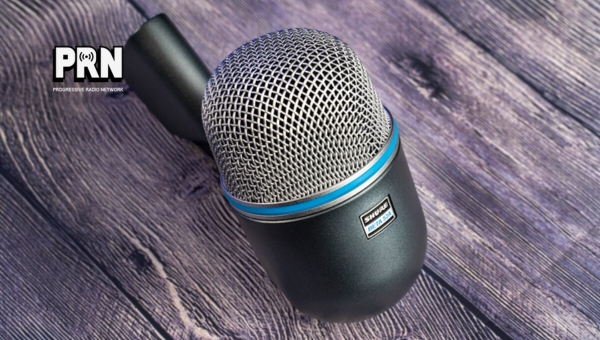
- Brand: The brand is Shure, widely recognized for producing quality audio equipment that stands the test of time. Personally speaking, I’ve always found their products reliable and robust.
- Model Number: The model number is Beta 52A. Considering I’m writing a Shure Beta 52A review, this piece really is about this specific model.
- Color & Weight: This microphone comes in an eye-catching silver color and weighs approximately around 21.6 ounces. It’s not too heavy, which means handling it should be quite effortless.
- Connector Type: The connector type of the Beta 52A is XLR that ensures clear and smooth sound transmission without any interruptions.
- Polar Pattern & Frequency Response: A supercardioid polar pattern signifies that this microphone will pick up sounds primarily from the front, while rejecting sounds from other directions – perfect for recording vocals or instruments in loud settings! With a frequency response ranging between 20 Hz to 16 kHz, it can capture different sound waves with precision.
- Signal-to-Noise Ratio: Higher signal-to-noise ratio (78 dB in this case) assures cleaner audios free from unwanted noise during recordings or performances.
- Warranty: Comes along with a two-year warranty which shows that Shure stands by its product quality.
- Applications: Specially designed for kick drums and bass instruments, making it an excellent choice for musicians who require superior audio capture and reproduction quality.
I hope these technical specs give you an idea of what you’re dealing with when you choose the Shure Beta 52A. Further on, I’ll get into my hands-on experience with these specifications in practice.
Features
When I first considered the Shure Beta 52A, one thing that immediately caught my attention was its impressive array of features. This microphone has specific aspects, which make it stand out in the crowded market. Let’s delve into some of these significant features.
- Brand and Model: One of the first things that resonated with me was the brand itself, “Shure”. Being a stalwart in the audio industry, it sets high expectations for its products. And model “Beta 52A” is no exception to this rule. It boasts a professional feel and performance.
- Color and Design: Now let’s talk looks. The microphone comes in an elegant silver color that simply screams class. It doesn’t just perform well; it also adds a dash of aesthetic charm wherever its placed!
- Weight: Many might overlook this feature, but for me, weight plays an important role when choosing a microphone. Weighing only 21.6 ounces (or roughly just over half a kilo), handling the Beta 52A is as easeful as one could imagine.
- Connector Type: Having an XLR connector means this mic can be seamlessly integrated into any sound setup – be it live or studio environment.
- Polar Pattern: The Beta 52A adopts a super-cardioid polar pattern prioritizing sounds directly in front while reducing noise from sides and back—this aids significantly during live performances or studio recordings where sound isolation is crucial.
- Frequency Response: With a frequency response spanning between 20 Hz to 16 kHz, the Beta 52A covers a broad spectrum; particularly generous on low frequencies – making it perfect for kick drums and bass instruments.
- Signal-to-noise ratio: With an impressive signal-to-noise ratio of about 78 dB, expect crystal clear audio output irrespective of how loud your environment gets.
- Warranty: A 2-year warranty from Shure is like a cherry on top, imparting peace of mind that in the unfortunate event, there’s an issue with the microphone, it’s covered.
Finally, one of my personal favorites: it’s applications. The Shure Beta 52A does a fantastic job when it comes to handling lower frequencies. This makes it best suited for kick drums and bass instruments – really sets the tone for that punchy and powerful sound.
Also Read: Ollo Audio S5X 1.1 Review: In-Depth Analysis
Who is the Shure Beta 52A Best Suited For?
When it comes to the Shure Beta 52A, some people might think that it’s aimed at a very specific group. However, this is a microphone that’s quite versatile and can be used by a variety of people. Maybe, you are wondering if this corporate bit of gear is made for you? Let me clear your doubts.
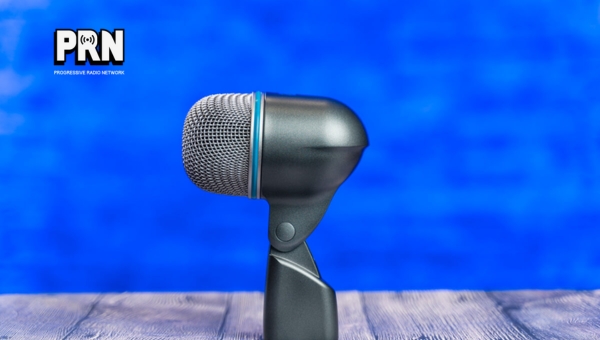
Without any second thought, I would say musicians and sound technicians would most definitely benefit greatly from investing in a Shure Beta 52A. More precisely, those who play or record bass instruments will find this microphone extremely useful due to its excellent low-frequency response.
Drummers especially will love the crisp sound it captures from the kick drums. It picks up nuance and detail, making every kick drum hit listenable. Furthermore, being an expert in sound reproduction helped me realize how accurately Shure Beta 52A reproduces deep bass tones which are often drown out in mix-ups.
Getting Hands-On
Using the Shure Beta 52A for the first time, I noticed that it immediately stands out due to its powerful performance and high durability. Whether playing live sets or recording in the studio, you need to ensure optimal settings for best results. While using this piece of equipment, I’ll be discussing my experience along with some handy tuning and setting techniques.
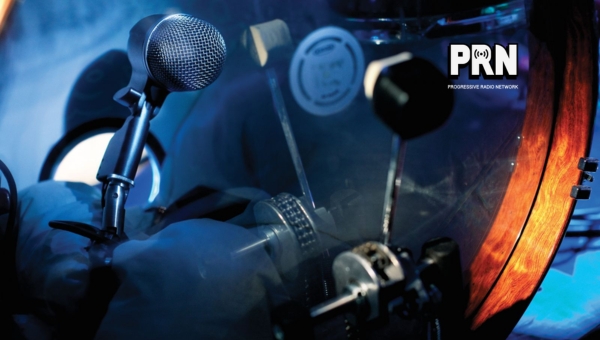
Tuning and Settings Adjustment Techniques for Optimal Performance
When I first got my hands on the Shure Beta 52A, one of the things that initially struck me was how easy it was to adjust the settings. Even if you’re a beginner with no previous experience with such equipment, you won’t have too much trouble getting adequate sound quality.
The most important factor when tuning is finding a balance between volume and bass response. If you set the input gain too high, it might end up distorting your sound. On the other hand, if it’s too low, then your audio may lack depth and resonance. It took me a few tries to find an ideal setting that provided both clarity and ample body in sound.
Now let’s talk about polar pattern setting which is crucial for focusing on recorded sound while minimizing unwanted noise from surroundings. Setting your microphone’s polar pattern as Supercardioid as in our case with Shure Beta 52A has great benefits while focusing mostly on sound coming directly from front cutting off most part of peripheral noise.
How Does it Perform in Live Sets?
When using Shure Beta 52A during live shows; let me tell you – it does not disappoint! The built-in pneumatic shock mount system minimizes transmission noises that can sneak into loud live performances and distort your listeners’ experience.
On top of this all-important feature, its solid build ensures product longevity even when exposed repeatedly to rough show environment- something absolutely essential when hitting those constant tours. This microphone’s robust build is certainly one of the key reasons why I prefer it on stage.
The real flavor of its performance in live shows reveals itself when you experience its great low-end response. The kick drums sound punchy and bass instruments resonate with a depth that is truly pleasing to the ears.
Recording Studio Experience with Shure Beta 52A
The recording studio is where the Shure Beta 52A truly excels. Here, its wide frequency response range from 20 Hz to 16 kHz shines through, allowing me to capture all essential low-frequency notes with remarkable clarity.
Remember those tuning tips I gave before? This is where they pay off! Because of how well this mic handles sound across this broad spectrum, you can really note each tonality layer in your music mix.
In a closed setting like recording studios, where every detail matters, Shure Beta 52A proves a highly dependable companion delivering consistent accurate results each time you hit ‘record’.
When recording bass instruments or kick drums specifically – the true comfort area for Shure Beta 52A – each beat hits right at the chest and doesn’t lose definition in studio monitors or stage speakers alike.
Also Read: Walrus Audio Eons: Your Ultimate Guide and Comprehensive Review
Pros and Cons
| Pros | Cons |
|---|---|
| Excellent frequency response | Slightly Heavier |
| Good for both live sets and recording studios | Needs careful adjustments for optimal performance |
| Supercardioid polar pattern minimizes background noise | Limitations for high-frequency instruments |
| Durable build quality and impressive design | NA |
Conclusion
In my experience, the Shure Beta 52A stands out as an exceptional microphone. Its leading-edge features make it ideal for recording and performing live sets. I was extremely impressed by its performance, robust build, and overall quality. Undoubtedly, it offers excellent value for money. From its superior signal-to-noise ratio to uncompromised frequency response and ease of use – the Shure Beta 52A is a game-changer in its league. Whether you’re a professional musician or a newbie looking to boost your music production skills, this microphone won’t let you down.
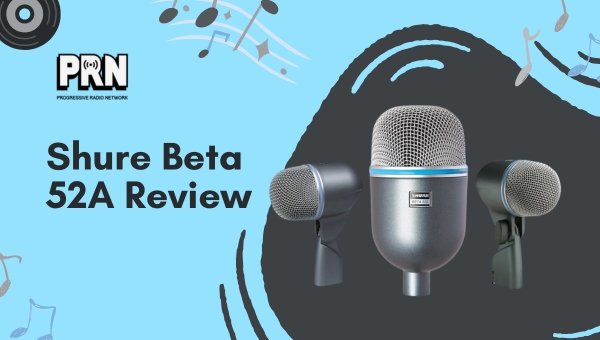
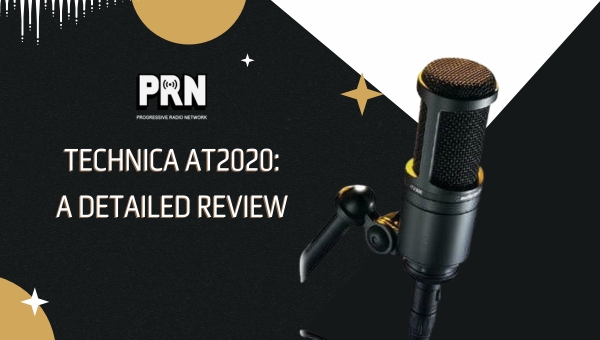
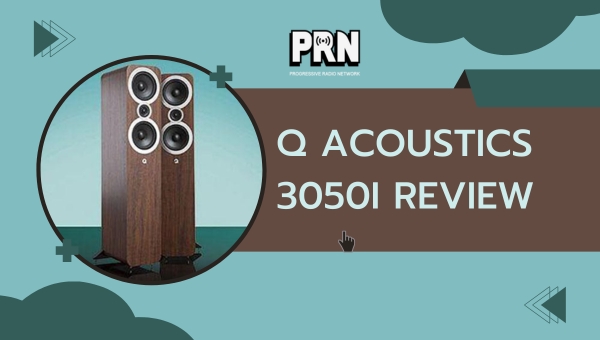
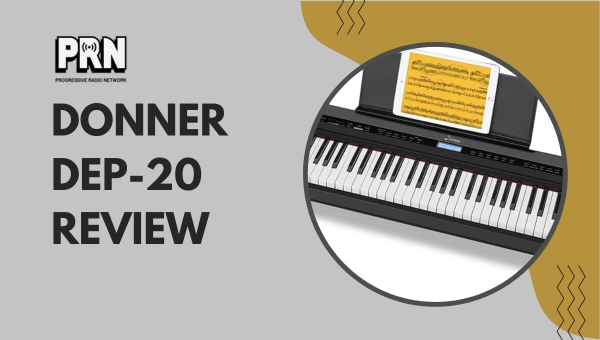
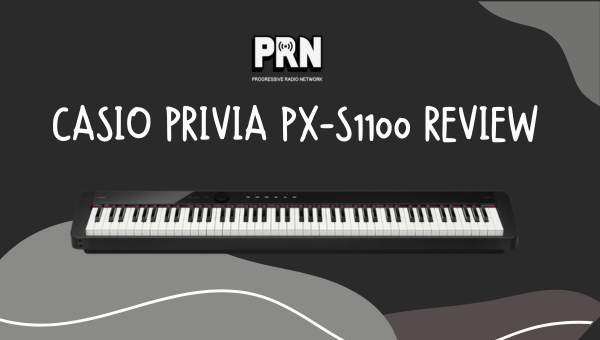
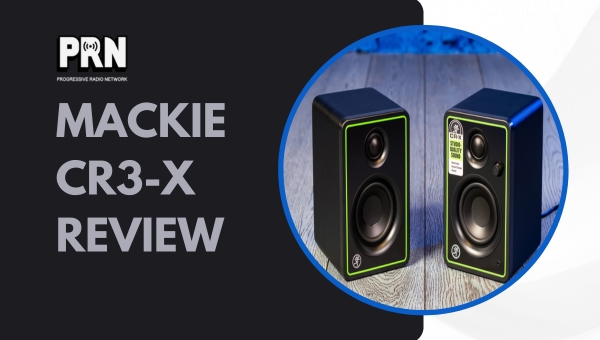
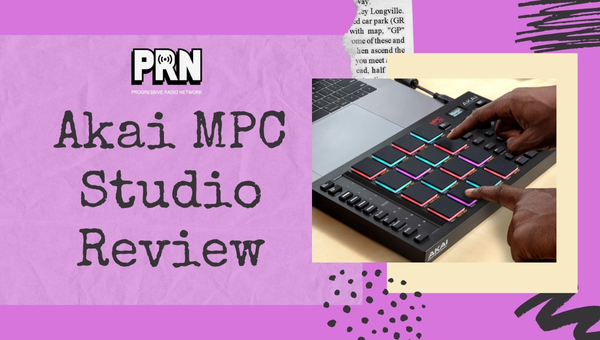
Leave a Comment